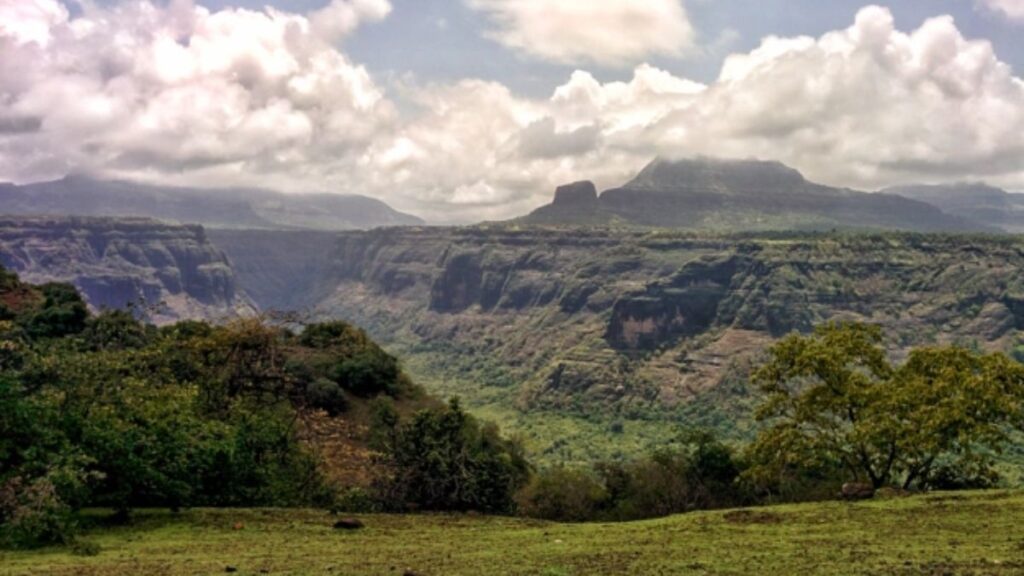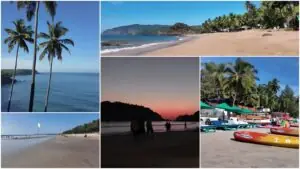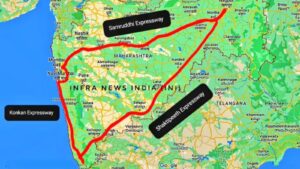Sudhagad Fort Trek Near Pune: History, Route, Tips & Travel Guide

Sudhagad Fort, rising 1,970 feet above sea level in the Sahyadri ranges of Maharashtra, is a hidden gem near Pune for trekkers and history enthusiasts. Surrounded by dense forests, rolling hills, and panoramic views of Raigad district, the fort combines natural beauty with centuries of history. Once considered by Chhatrapati Shivaji Maharaj as a potential capital of the Maratha empire, Sudhagad today offers a mix of adventure, culture, and heritage for a day trip or an overnight camping experience.
History of Sudhagad Fort
Sudhagad’s origins date back to the 2nd century BCE, alongside the ancient Thanale and Khadsamble caves. Initially called Bhorapgad after its presiding deity Bhoraidevi, it changed hands multiple times. The Bahamani Sultan captured it in 1436, and by 1657, Shivaji Maharaj’s forces took control and renamed it Sudhagad. Although Raigad was ultimately chosen as the Maratha capital, Sudhagad remained an important stronghold. During the Peshwa period, the Pantsachivas of Bhor maintained the fort. Despite escaping British destruction, Sudhagad gradually fell into neglect post-independence, yet its ruins still exude a quiet majesty.
Exploring Sudhagad Fort
The fort’s plateau is dotted with historical landmarks. The grand Maha Darwaja gate welcomes visitors, while the Bhoraidevi Temple remains an active site of worship. Other attractions include two Shiva temples, the Pantsachiv wada, smaller shrines, tombs, and two natural lakes. From the summit, trekkers can spot nearby forts like Sarasgad, Korigad, Ghangad, and Taila-Baila, making every corner of Sudhagad feel alive with stories of battles and rituals.
Trekking Experience
The trek to Sudhagad typically starts at Thakurwadi village, winding through farmlands, forests, and rocky trails. Along the way, trekkers navigate stone steps and iron ladders. Covering about 3.5 kilometres, it takes two to two-and-a-half hours at a steady pace, suitable even for beginners. Exploring the plateau takes another hour, and many choose to camp overnight during winter for a full experience. Basic shelter and meals can be arranged at the Bhoraidevi Temple or Pantsachiv wada. Monsoon treks offer misty views and lush greenery, though camping is more challenging.
How to Reach Sudhagad Fort
Sudhagad is around 120 kilometres from both Mumbai and Pune.
- By Private Vehicle: A 3–3.5 hour drive with free parking at Thakurwadi village.
- By Public Transport: From Mumbai, take a train to Karjat, then buses from Khopoli to Pali and onward to Thakurwadi. From Pune, buses to Khopoli connect similarly. Travel time is 4–5 hours one way.
Nearby Attractions
- Pali Ashtavinayak Temple: Only 11 km from Thakurwadi, this Ballaleshwar Temple is part of Maharashtra’s revered Ashtavinayak shrines.
- Sarasgad Fort: A smaller, easier trek with panoramic views, ideal for beginners.
- Korigad Fort: Known for intact fortifications and a broad walking path, suitable for families.
- Tail-Baila: A rock climbing and rappelling hotspot near Sudhagad for adrenaline seekers.
- Thanale and Khadsamble Caves: Ancient Buddhist caves with stupas and prayer halls dating back to 1st and 2nd century BCE.
Traveller Tips
- Best Time to Visit: Monsoon (lush greenery) or winter (ideal for camping).
- Trek Duration: 2–2.5 hours to ascend, plus at least an hour to explore.
- Difficulty Level: Easy to moderate, suitable for beginners.
- Start Early: Begin by 7–8 am to avoid midday heat.
- Carry Essentials: Water (2 litres minimum), snacks, sunscreen, rain gear in monsoon, torch for camping.
- Footwear: Sturdy trekking shoes with grip.
- Stay Overnight: Bhoraidevi Temple and Pantsachiv wada offer basic shelter; camping is popular in winter.
- Local Support: A caretaker can arrange simple meals for overnight stays.
Sudhagad Fort is more than a trekking destination. It is a journey through history, nature, and the cultural roots of Maharashtra. With nearby forts, temples, and ancient caves, it offers plenty of reasons to extend your adventure.








